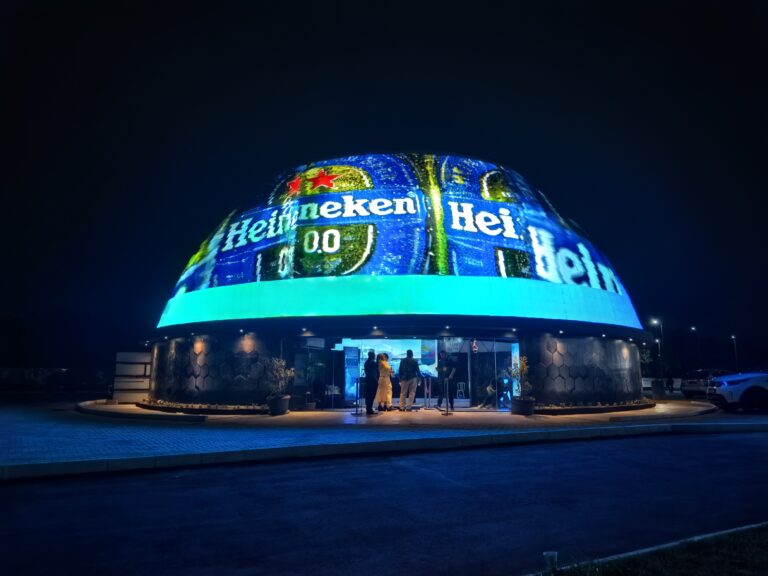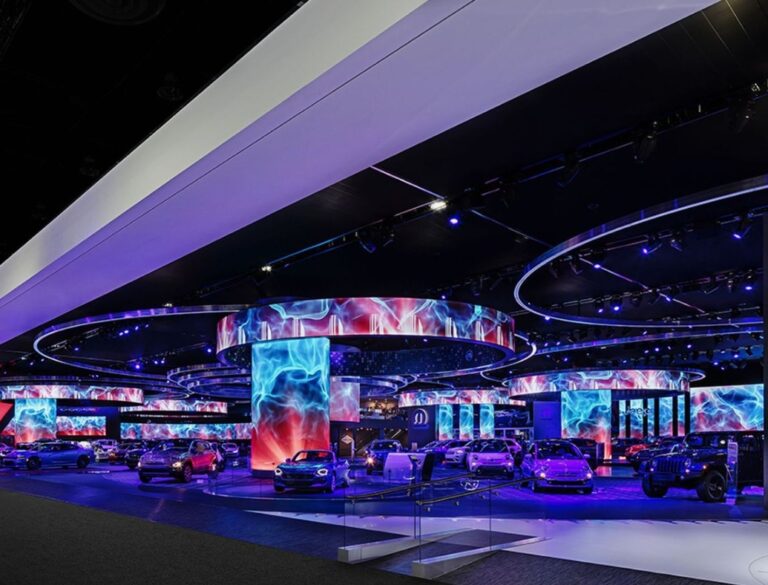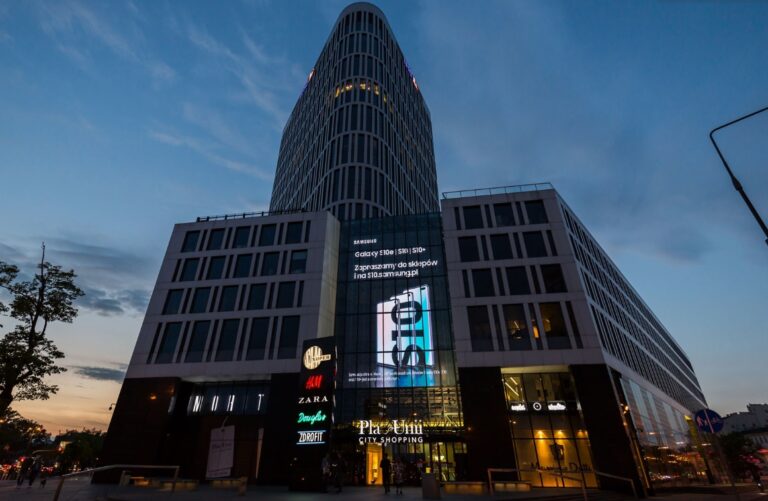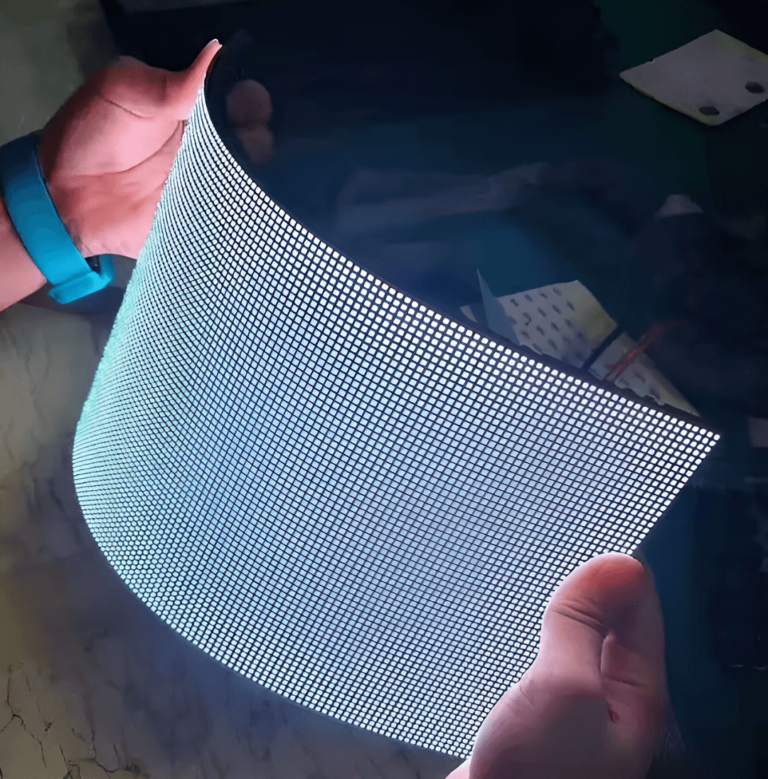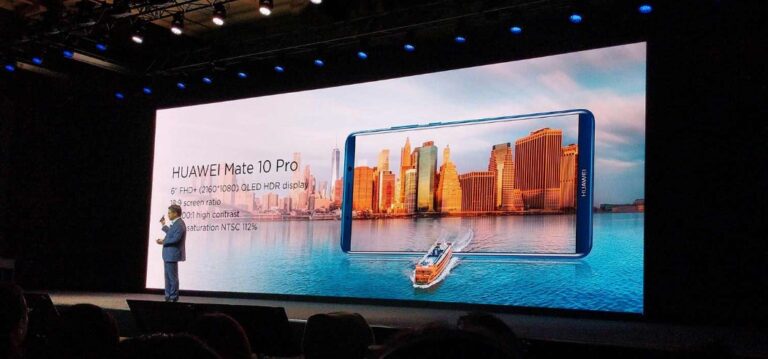Catalogue
What is a Full HD screen?
What are the advantages of full HD screens?
How to choose the appropriate LED screen resolution for different application scenarios
What is a Full HD screen?
Full HD screen is a standard for displays commonly used in TVS, monitors, and other visualization devices. The full HD screen has a resolution of 1920×1080 pixels, which means that the screen has 1920 pixels horizontally and 1080 pixels vertically.
Full HD screens have higher pixel density and finer image performance than traditional SD screens. It is able to present more detail and clarity, enabling viewers to better enjoy HD content such as HD movies, games, videos and images.

Advantages of full HD screens include:
Higher resolution: Full HD screens have more pixels and can display more detail and sharper images.
Better viewing experience: Full HD screens can provide a more detailed, realistic image, allowing viewers to better immerse themselves in the content.
Wider field of view: The widescreen ratio and high resolution of the full HD screen can provide a wider field of view, suitable for a variety of application scenarios, such as movies, games, design and office.
Full HD screens have become the mainstream standard in the TV and monitor market, and as technology continues to advance, higher resolution screens, such as 4K and 8K screens, are becoming more common.
How to choose the appropriate LED screen resolution for different application scenarios
Choosing the right LED screen resolution needs to be considered according to different application scenarios and needs. The following are some common application scenarios and corresponding LED screen resolution recommendations:
Indoor meeting room or exhibition:
Recommended resolution: P2 to P4
It is recommended to select a higher resolution to ensure the clarity and detail of the display content, suitable for displaying text, charts, pictures, and videos.

Commercial advertising indoor display:
Recommended resolution: P3 to P6
Choose a moderate resolution to balance cost and visual effects, suitable for display ads, product introductions, promotional videos and more.

Outdoor billboards and large event venues:
Recommended resolution: P6 to P10
Choose a lower resolution because viewers are usually viewing from a distance, and the larger pixel spacing still provides clearly visible images and text.

Sports venues and performing arts Venues:
Recommended resolution: P4 to P8
High refresh rates and responsive screens are needed to display high-speed motion and fast-paced content while maintaining image clarity.

TV Wall and Monitoring Center:
Recommended resolution: P1.2 to P3
High resolution and high density screens are needed to ensure clear details and realistic images, suitable for applications such as real-time surveillance, video surveillance and information display. Do you understand the cost – type – characteristics of LED video wall?
In addition to resolution, factors such as viewer distance, screen size, content type, budget, and installation environment should also be considered. It is best to communicate with professional LED screen suppliers or engineers to obtain personalized advice and customized solutions according to specific needs to choose the most suitable LED screen resolution to achieve the best visual effects and user experience.

